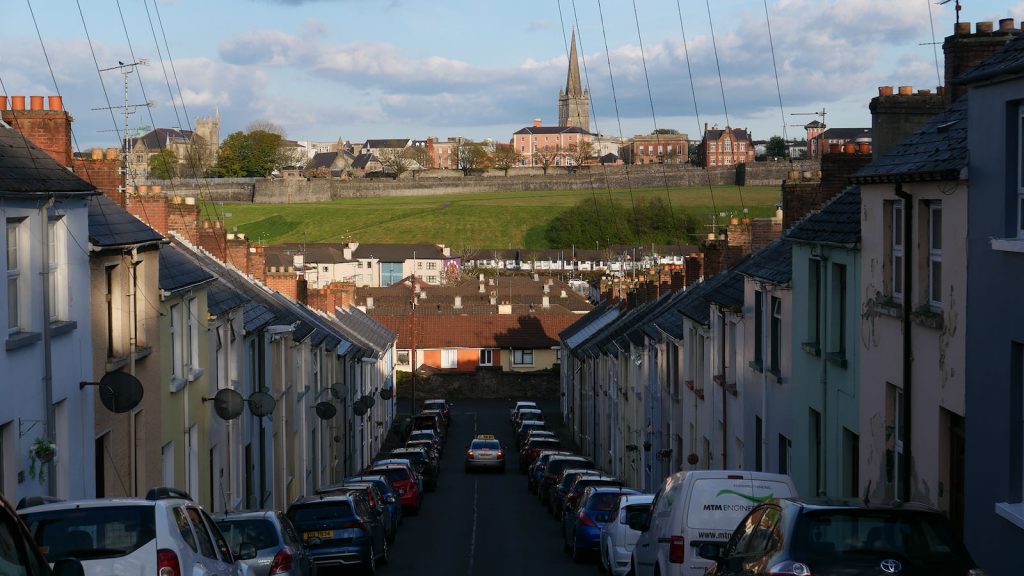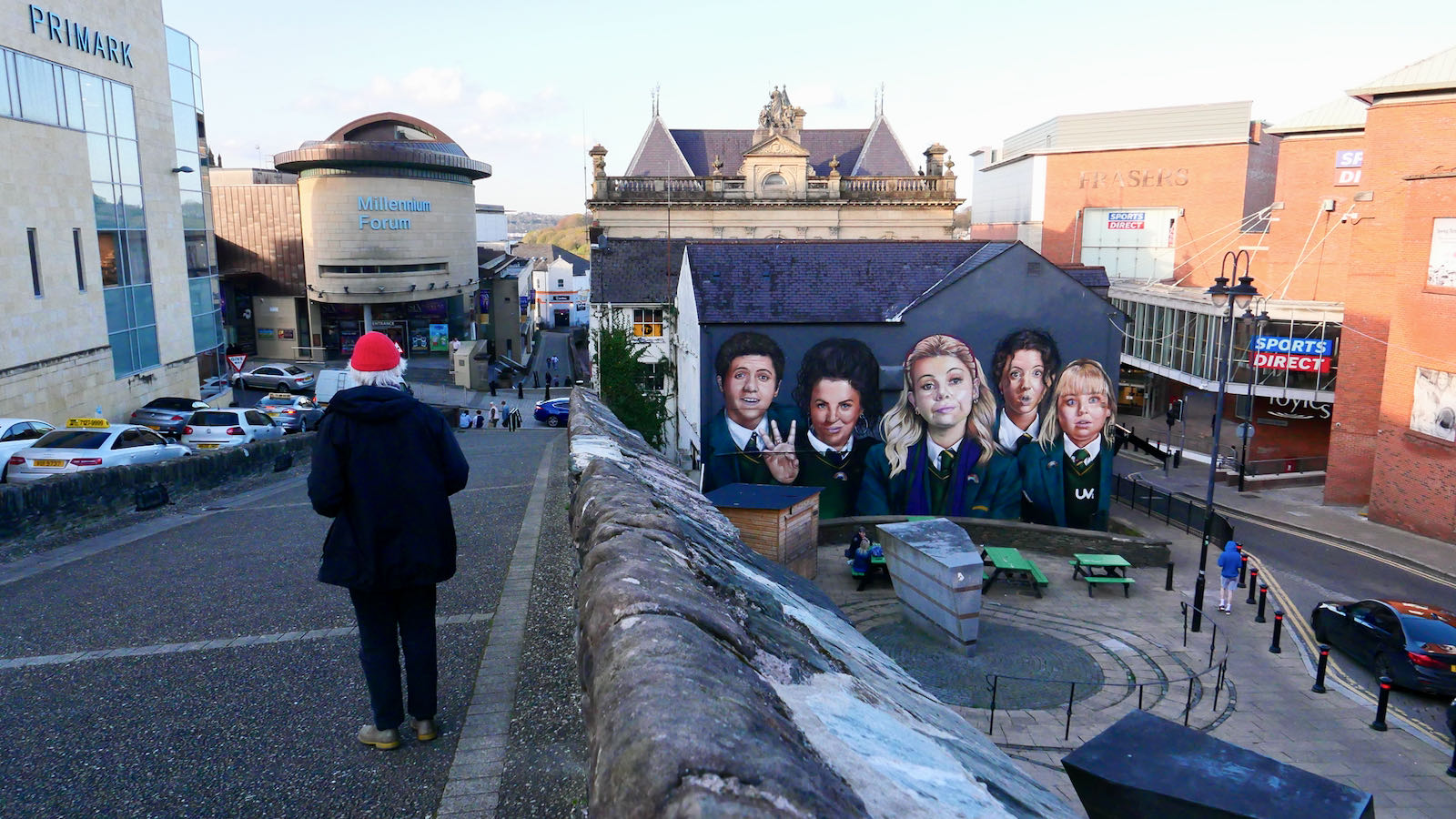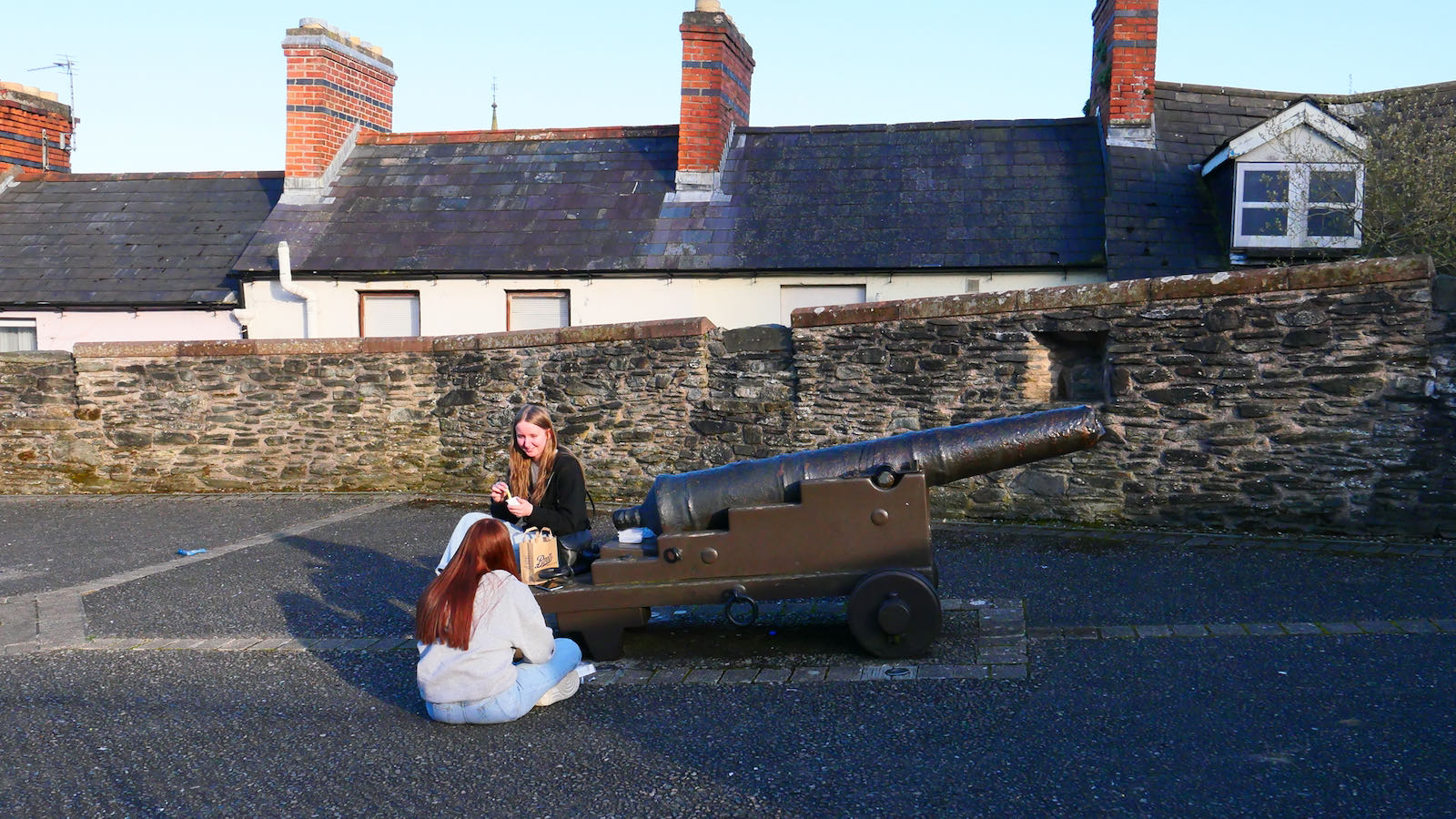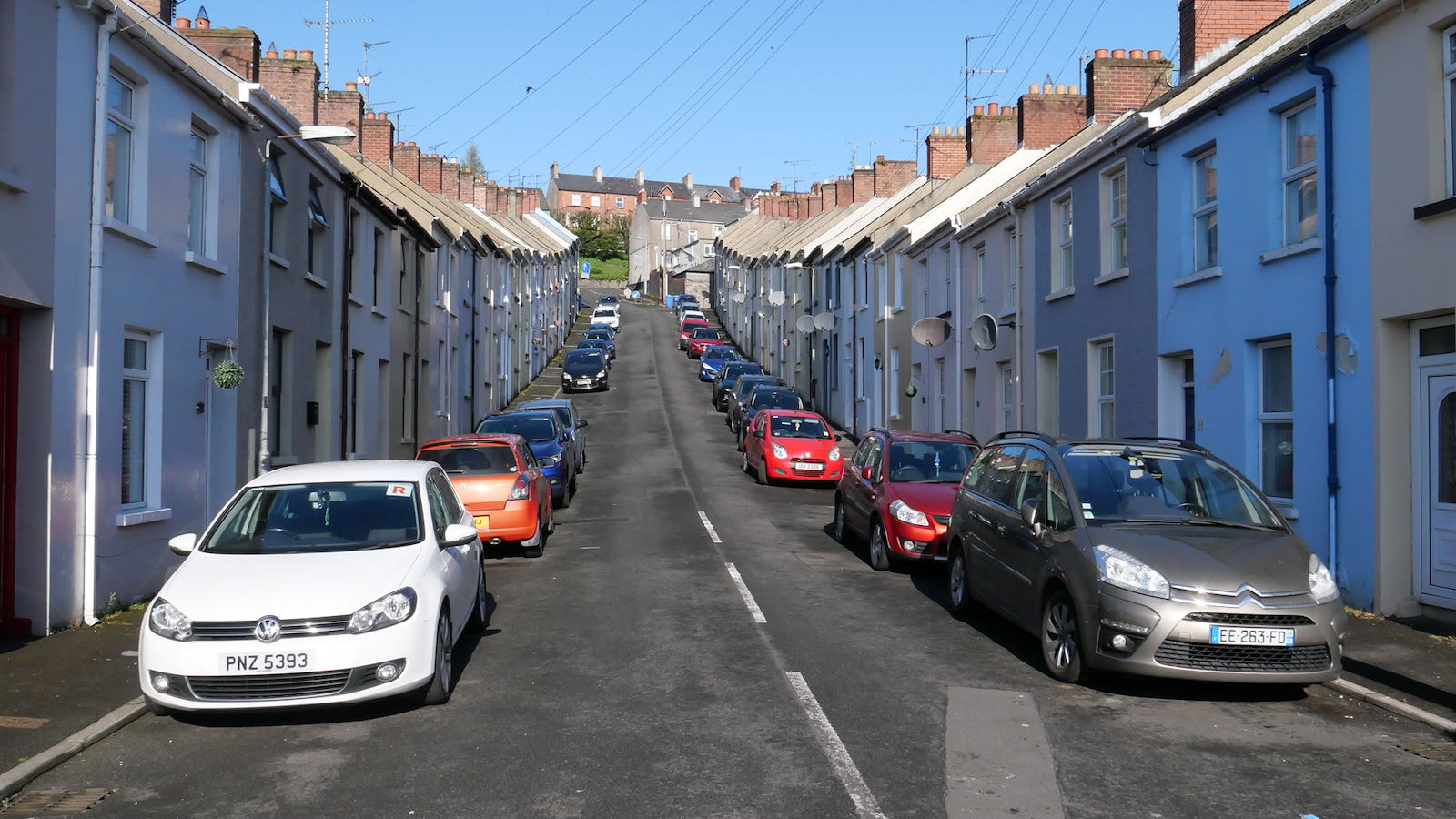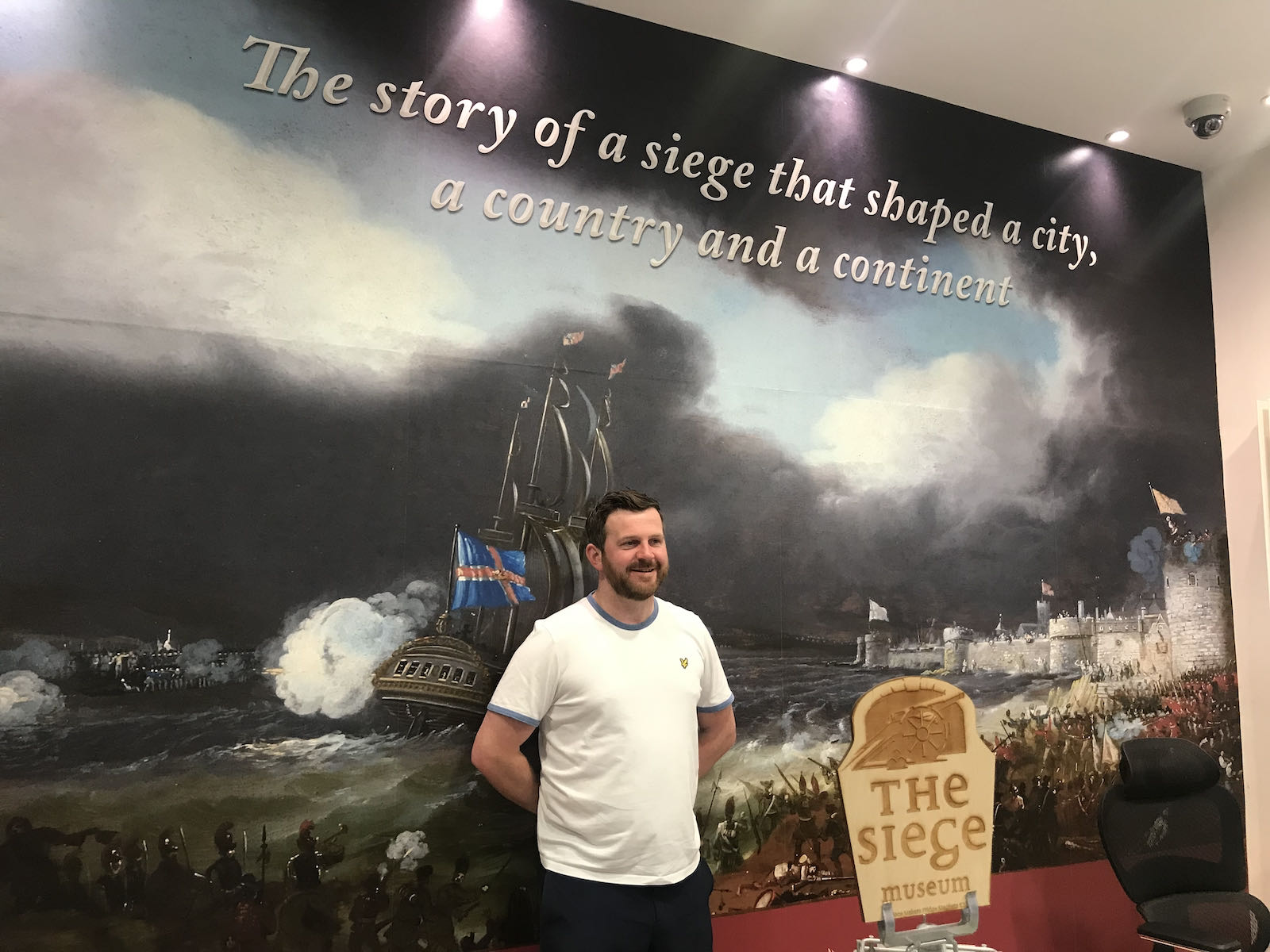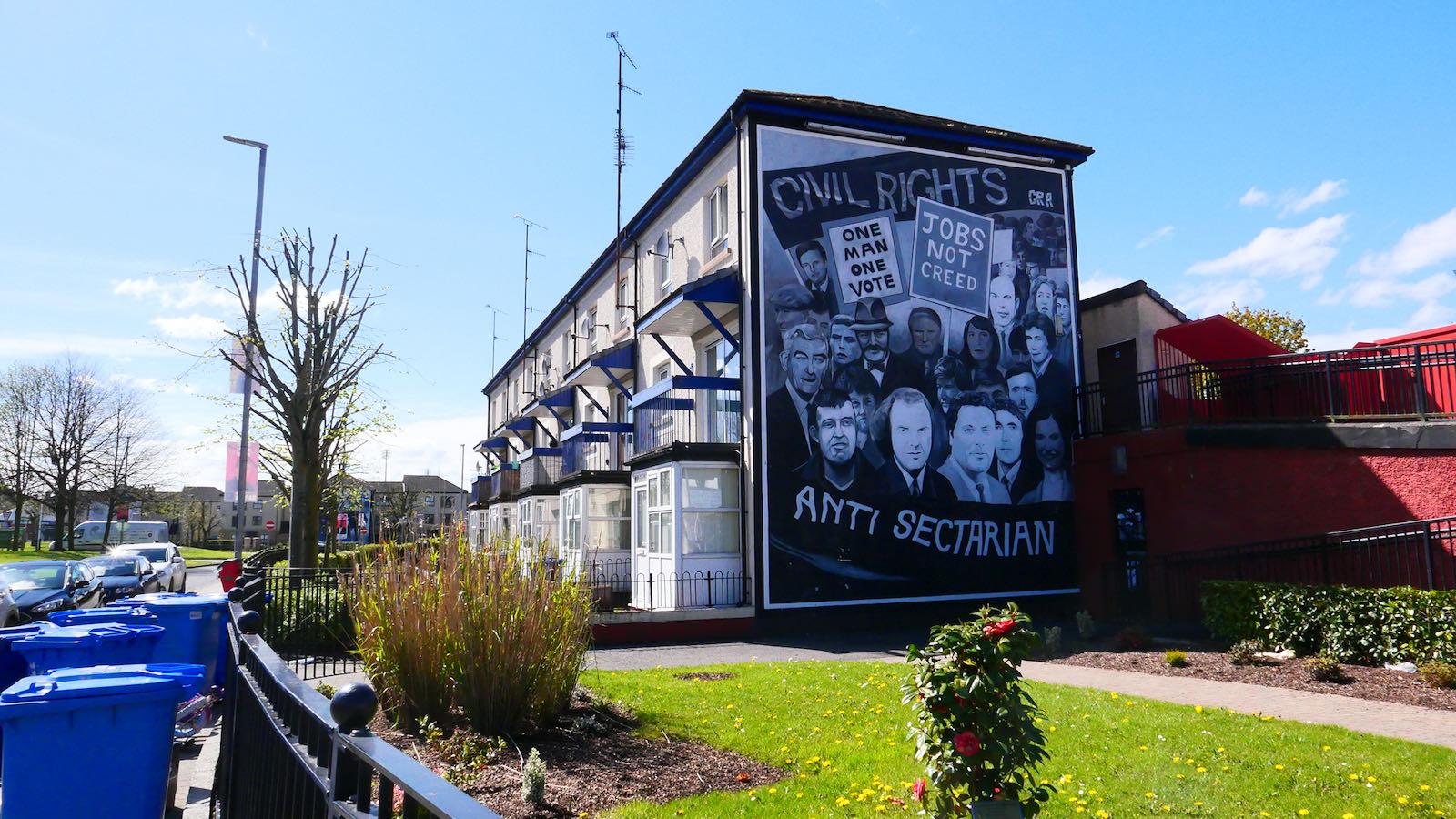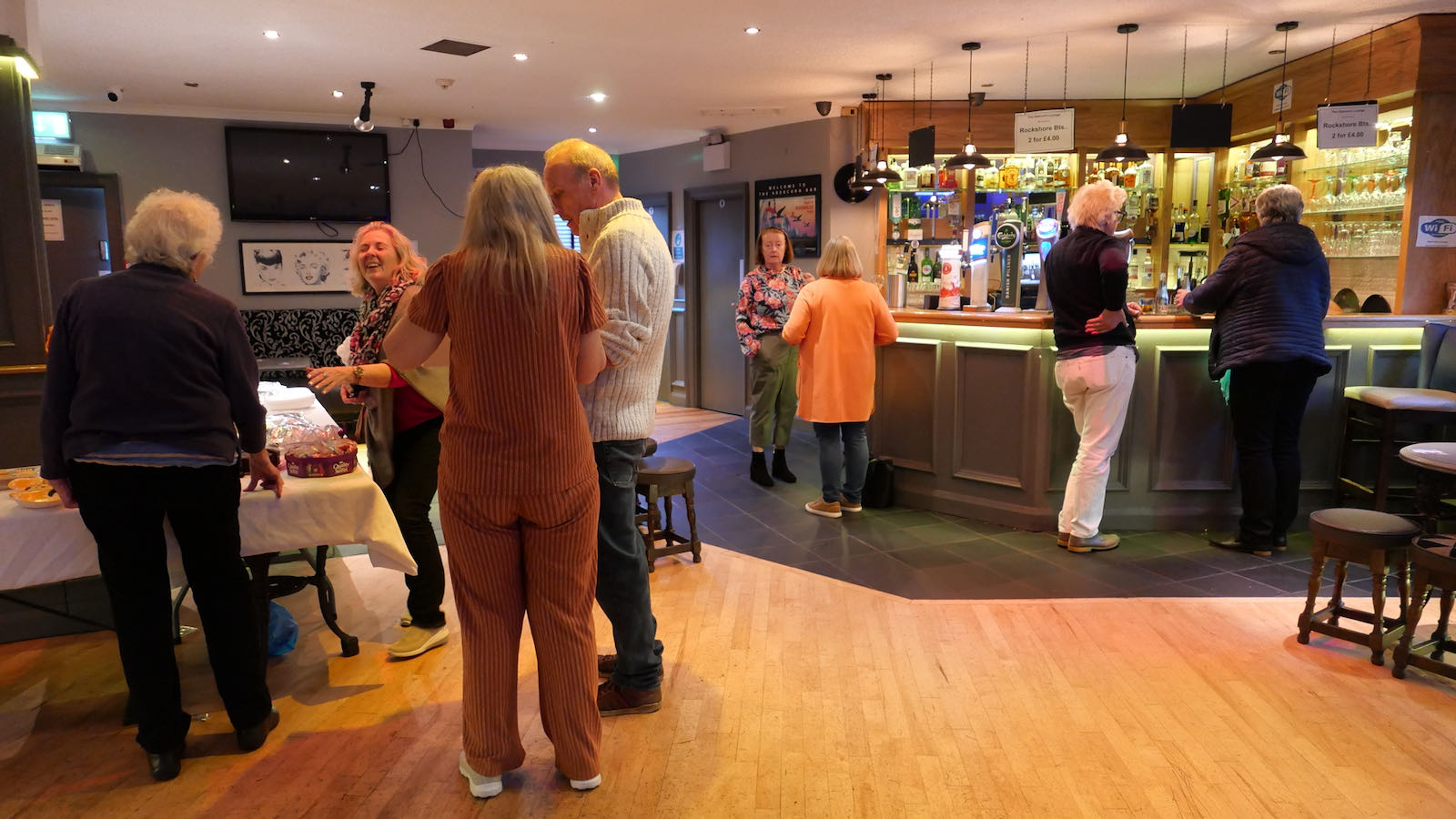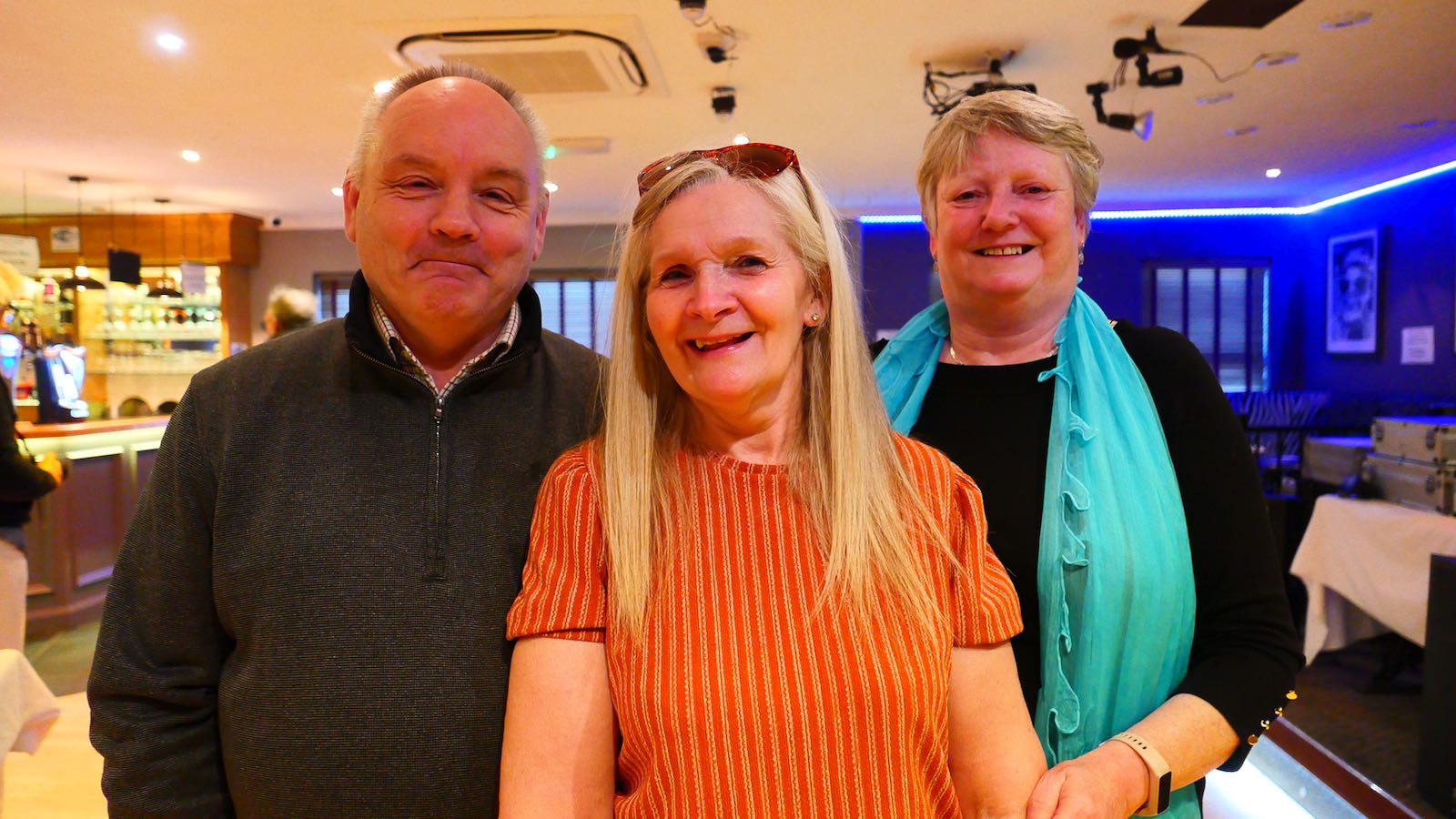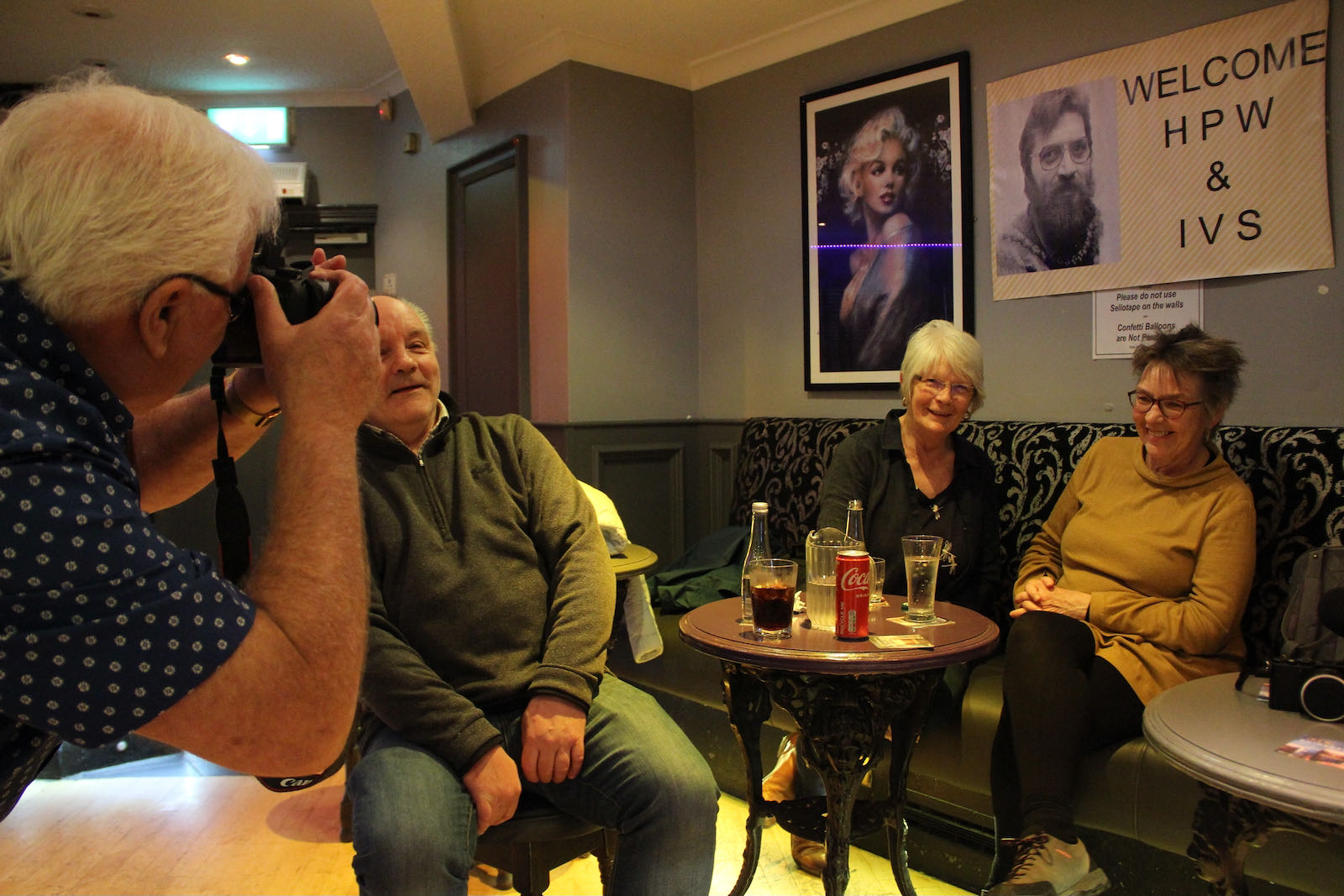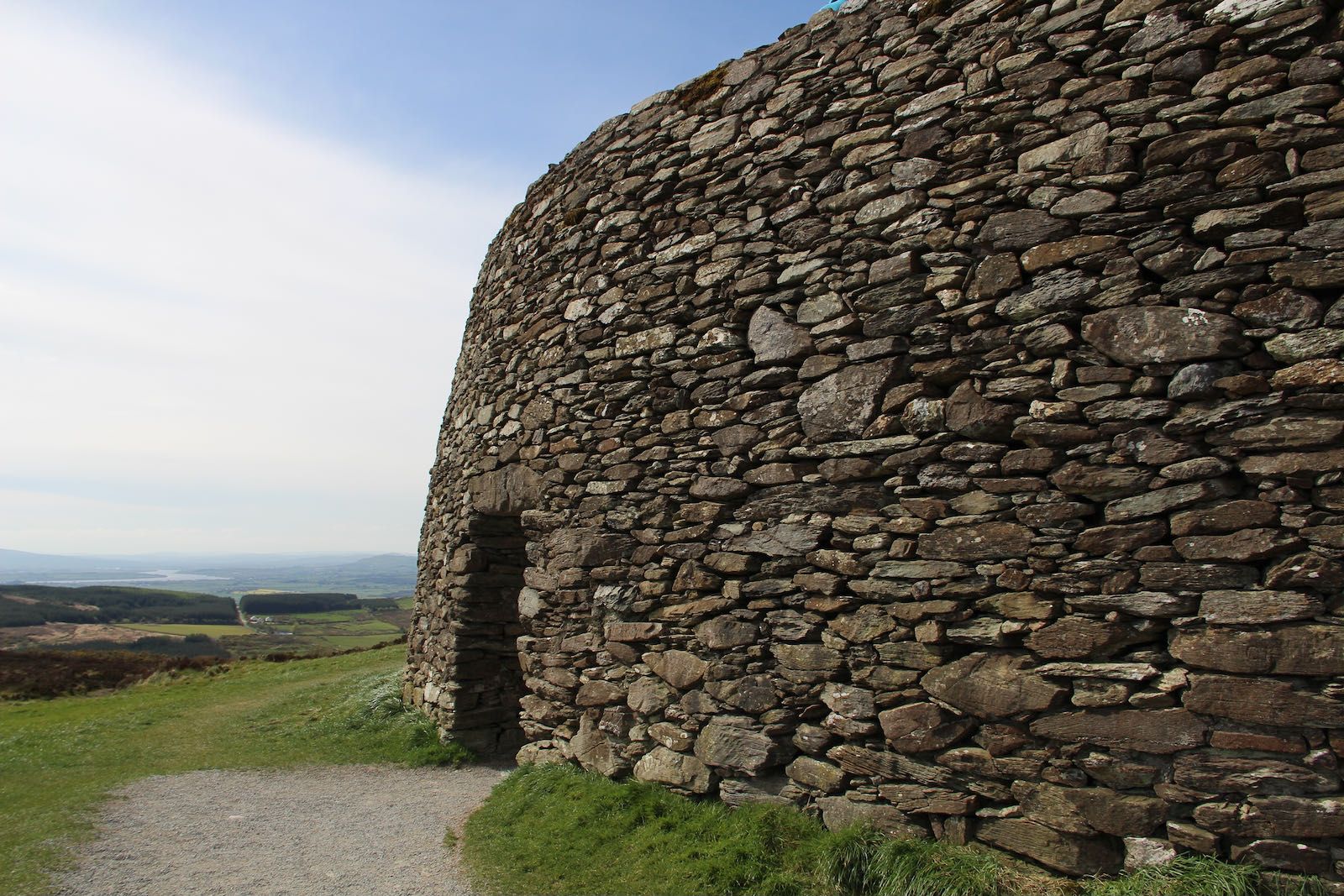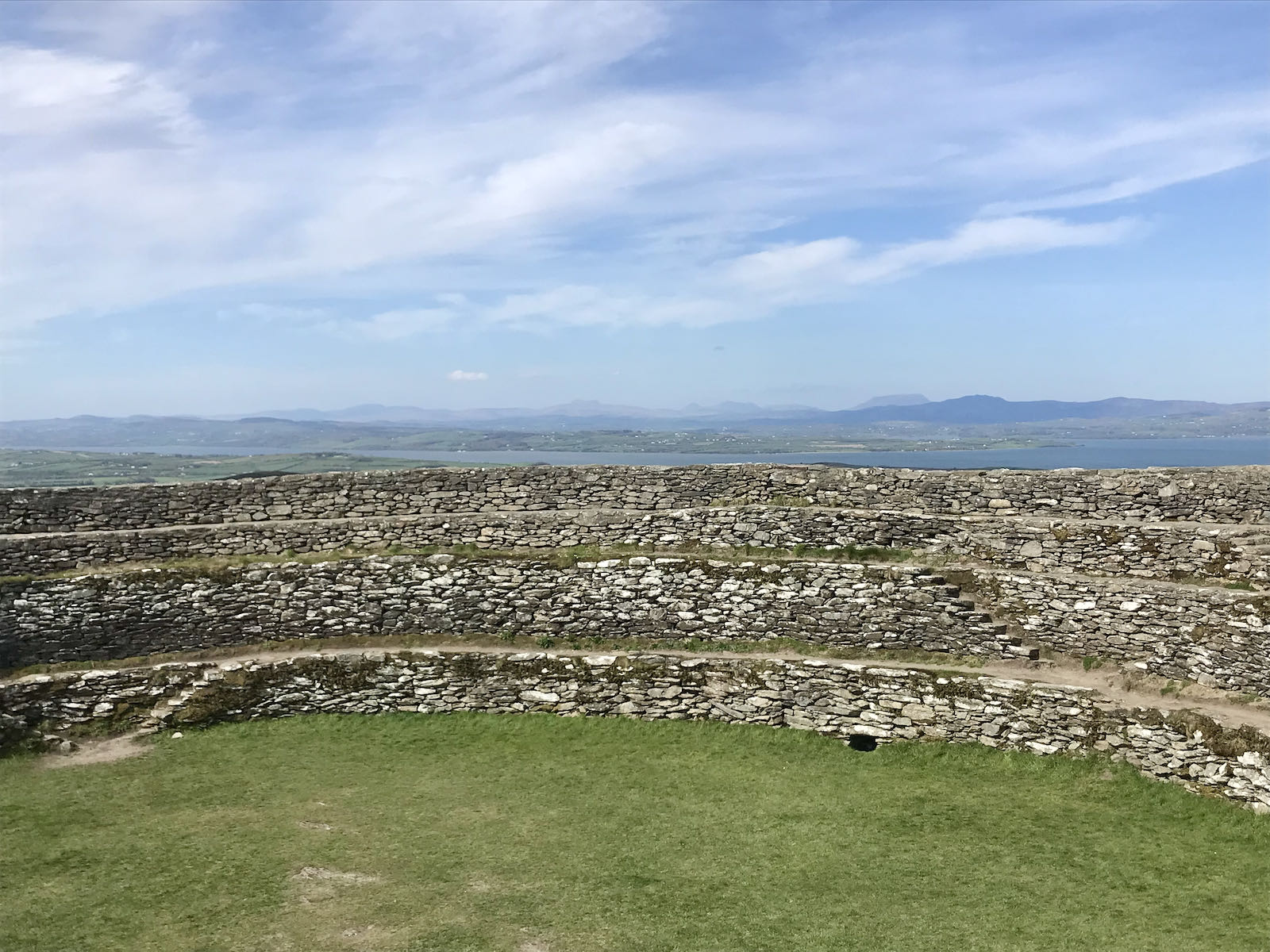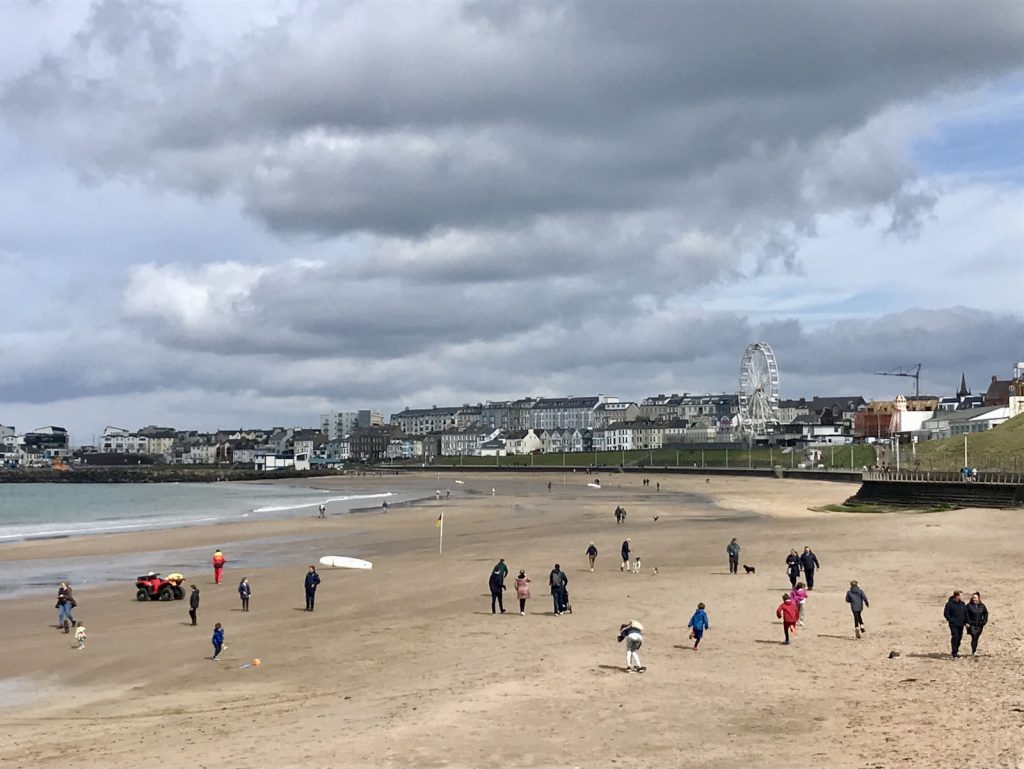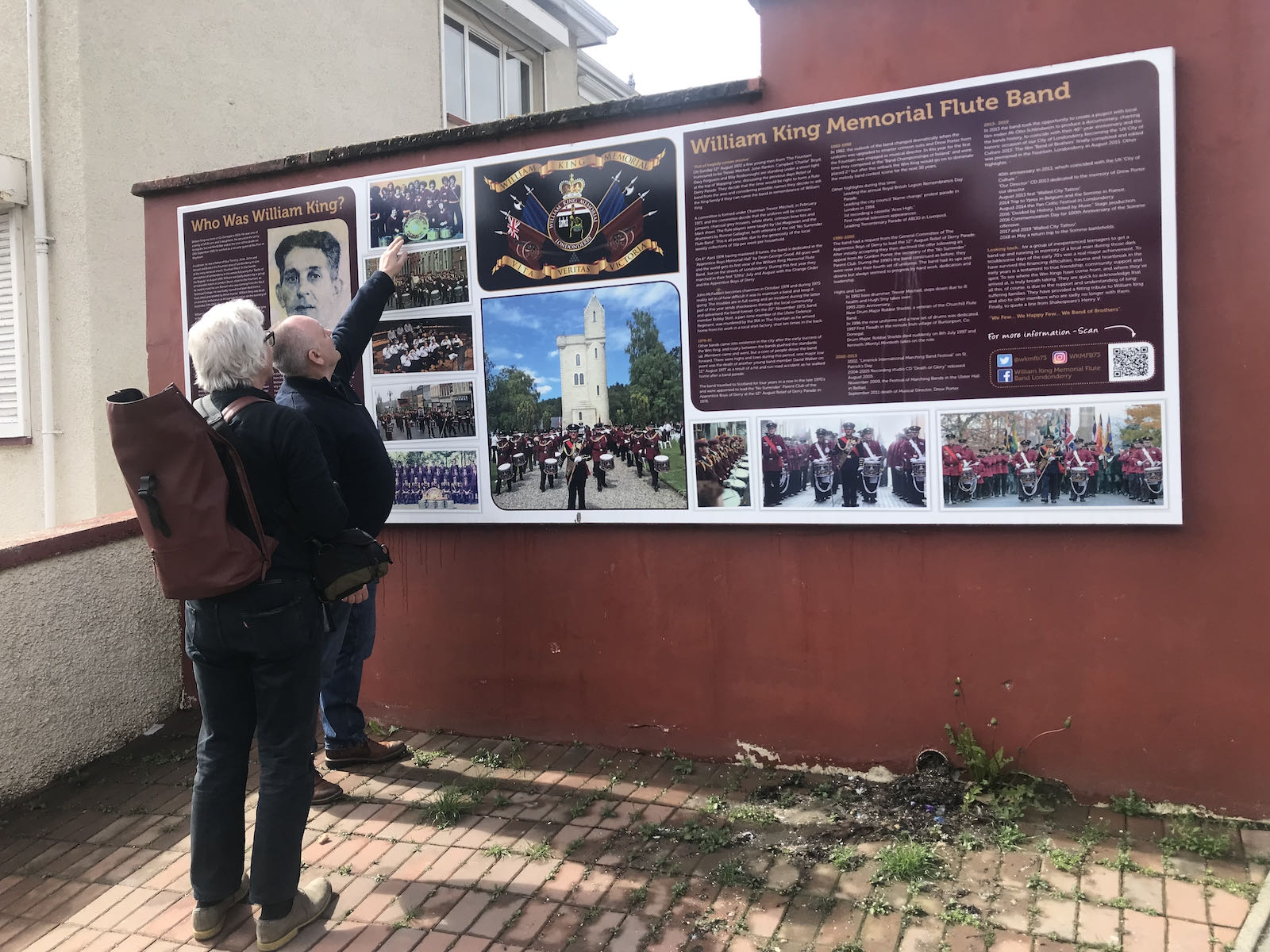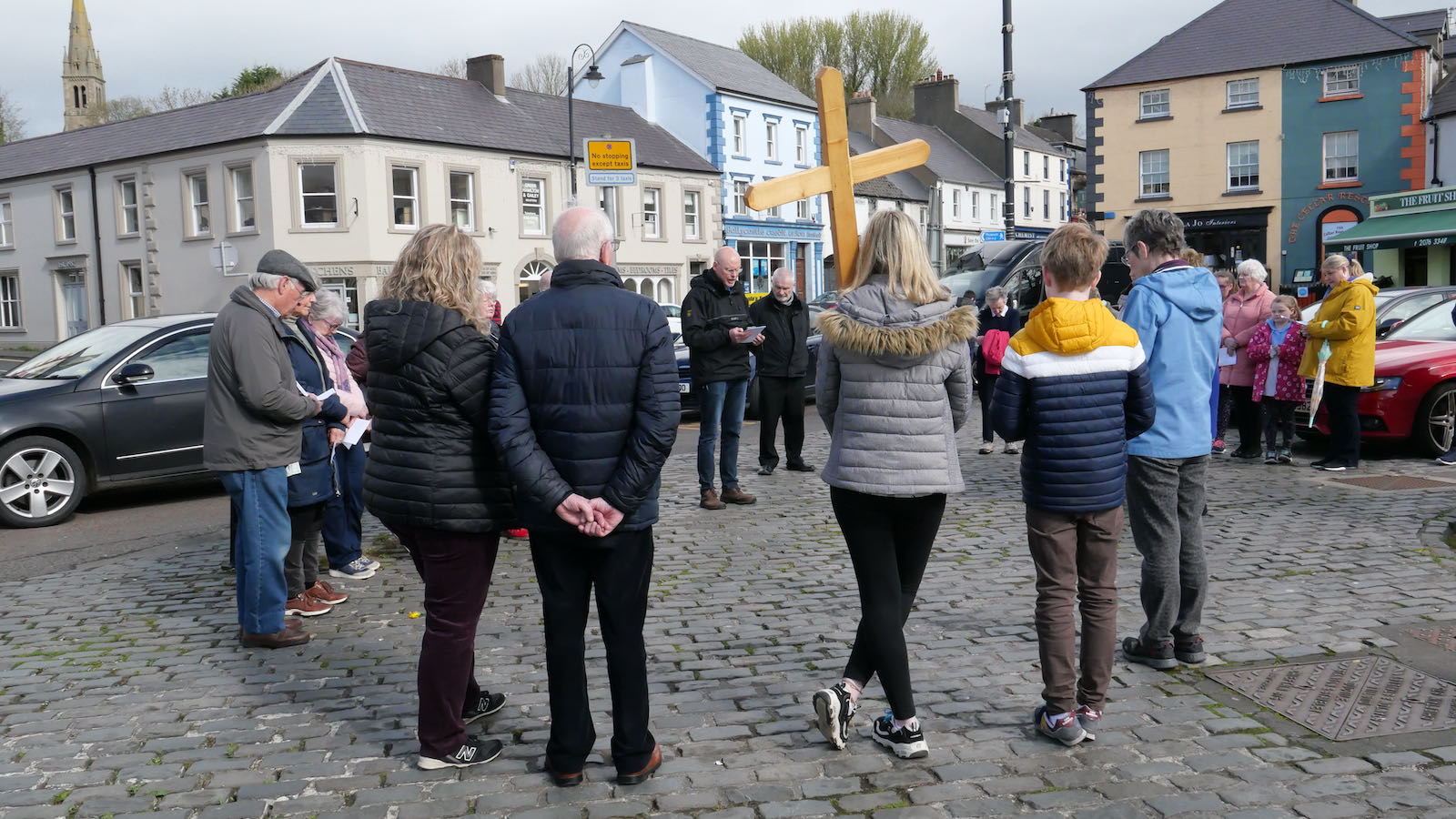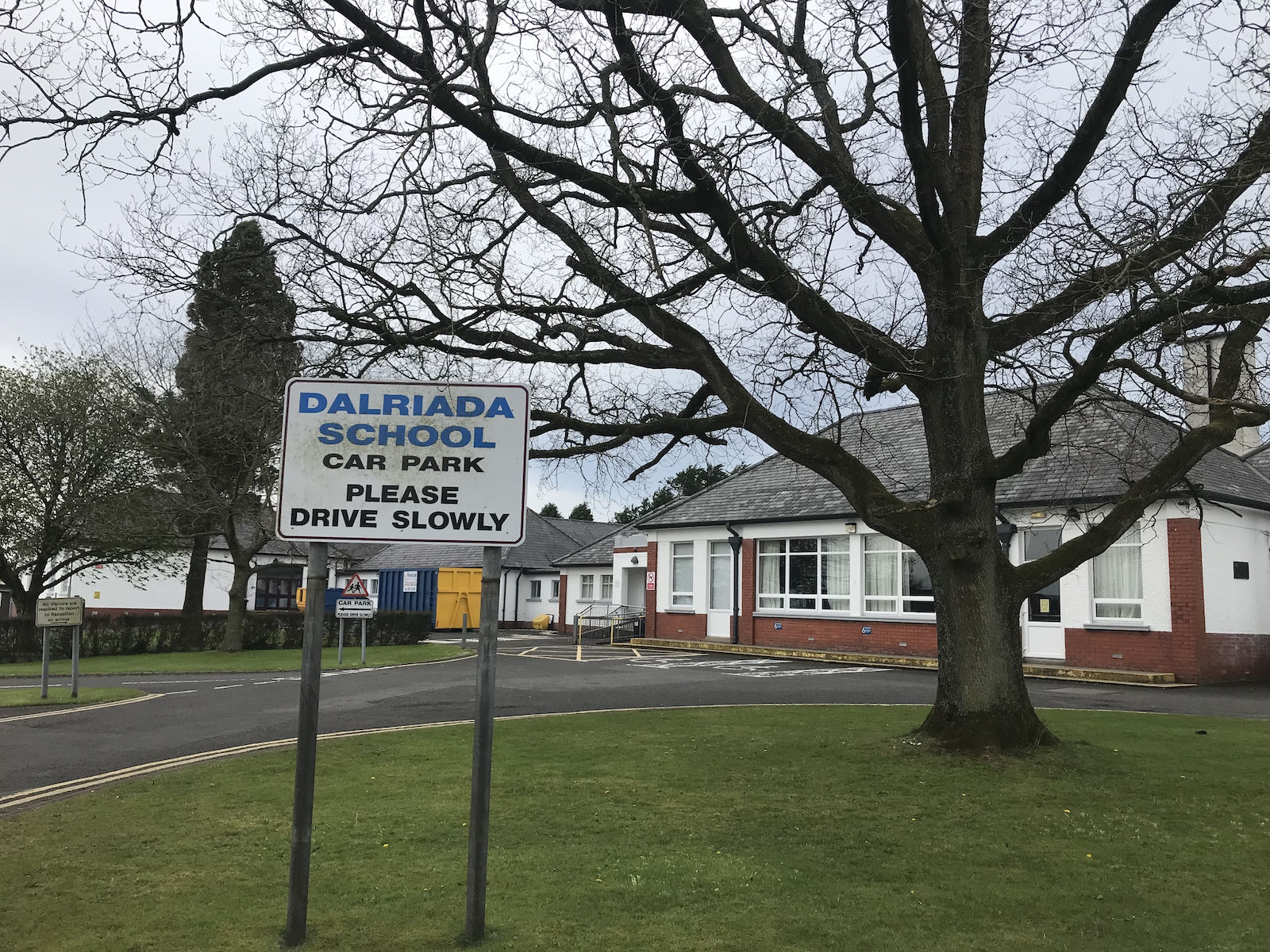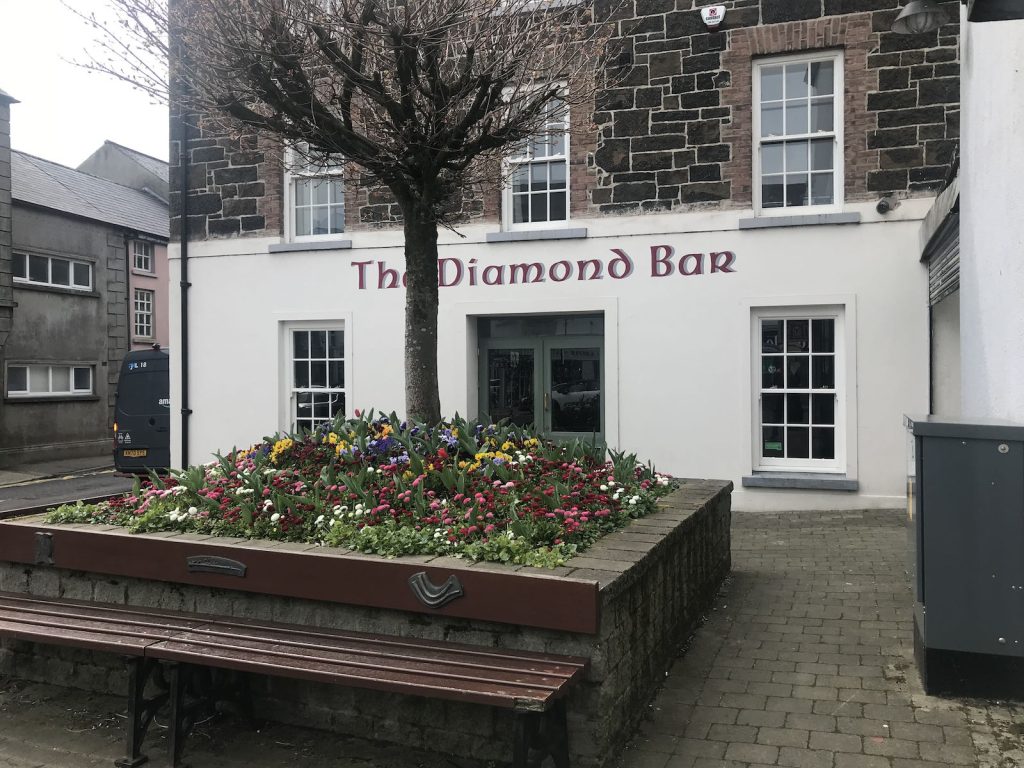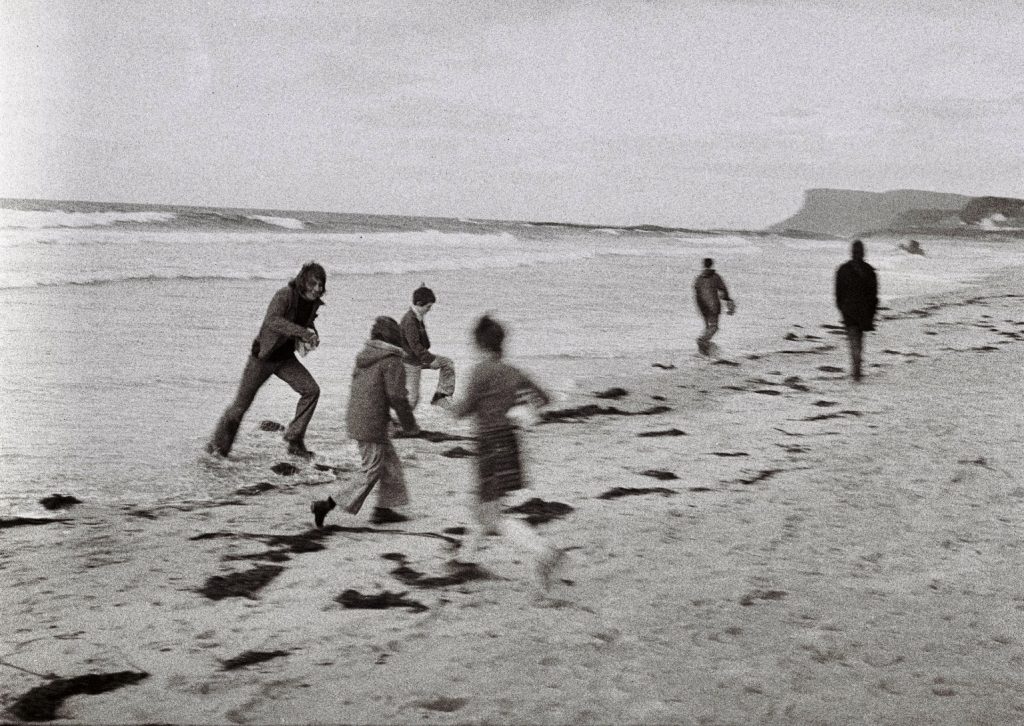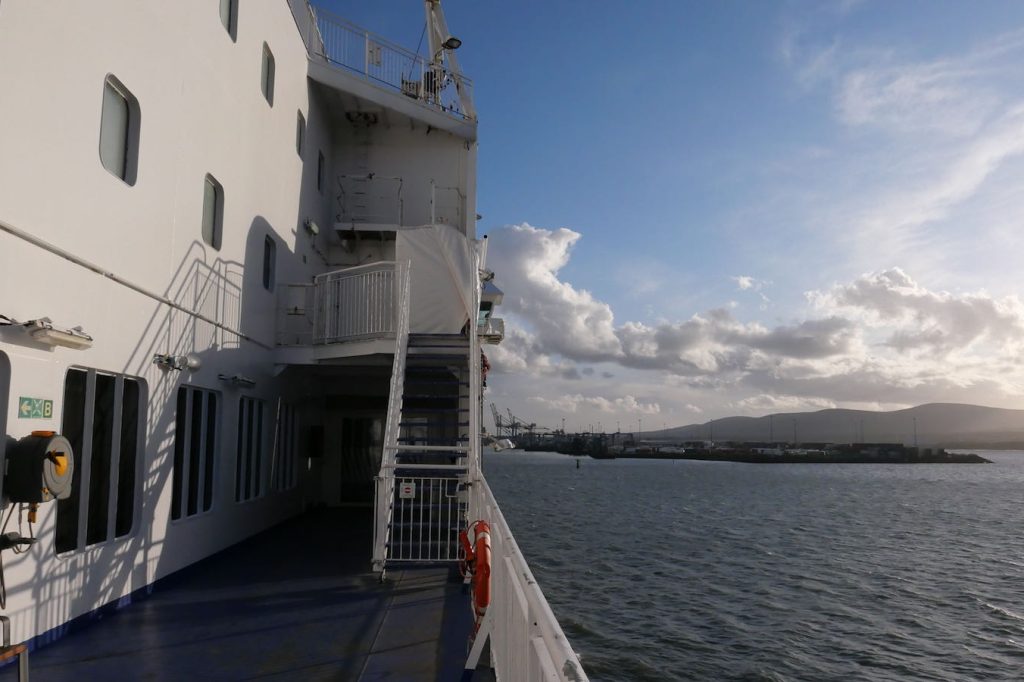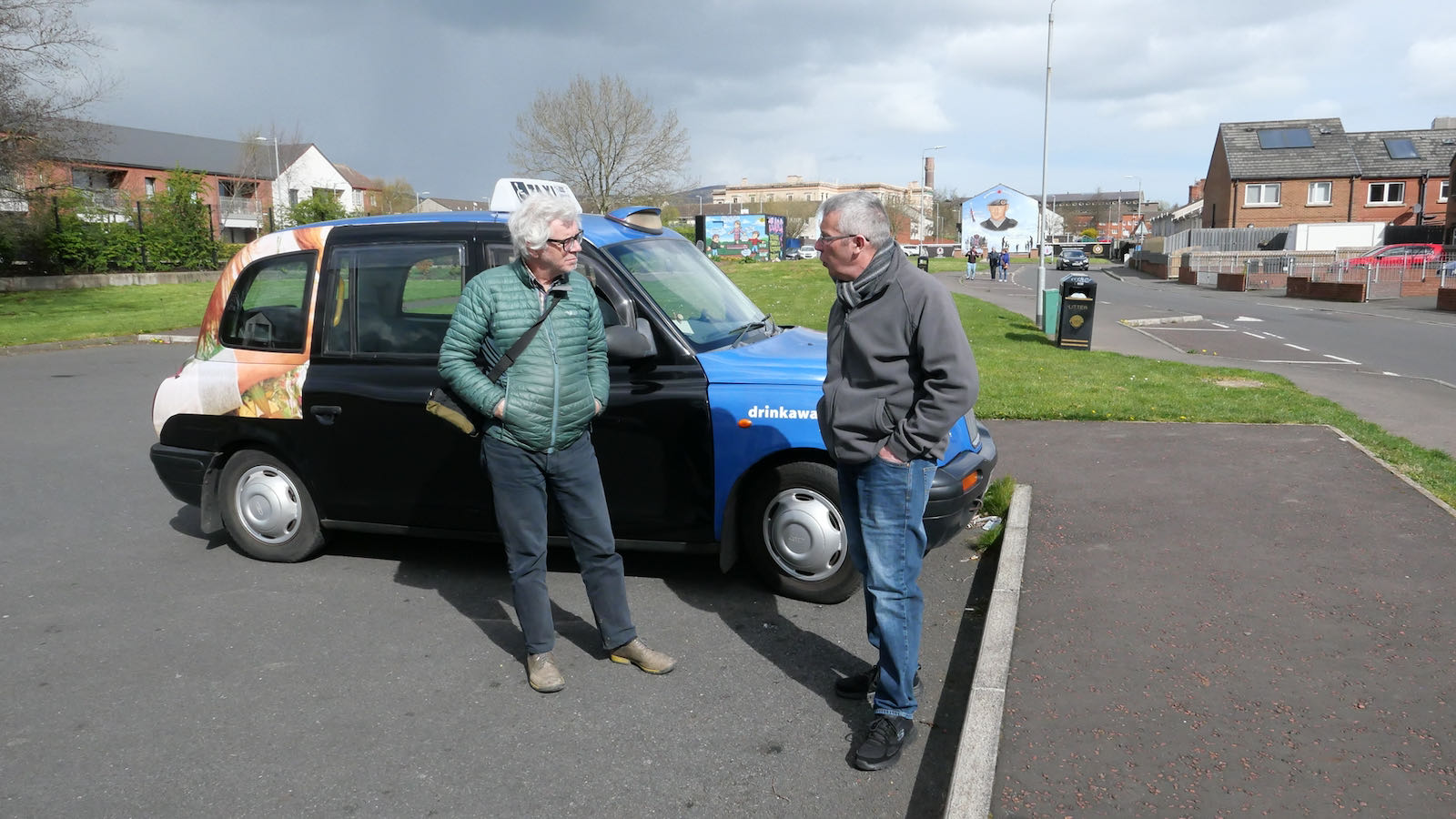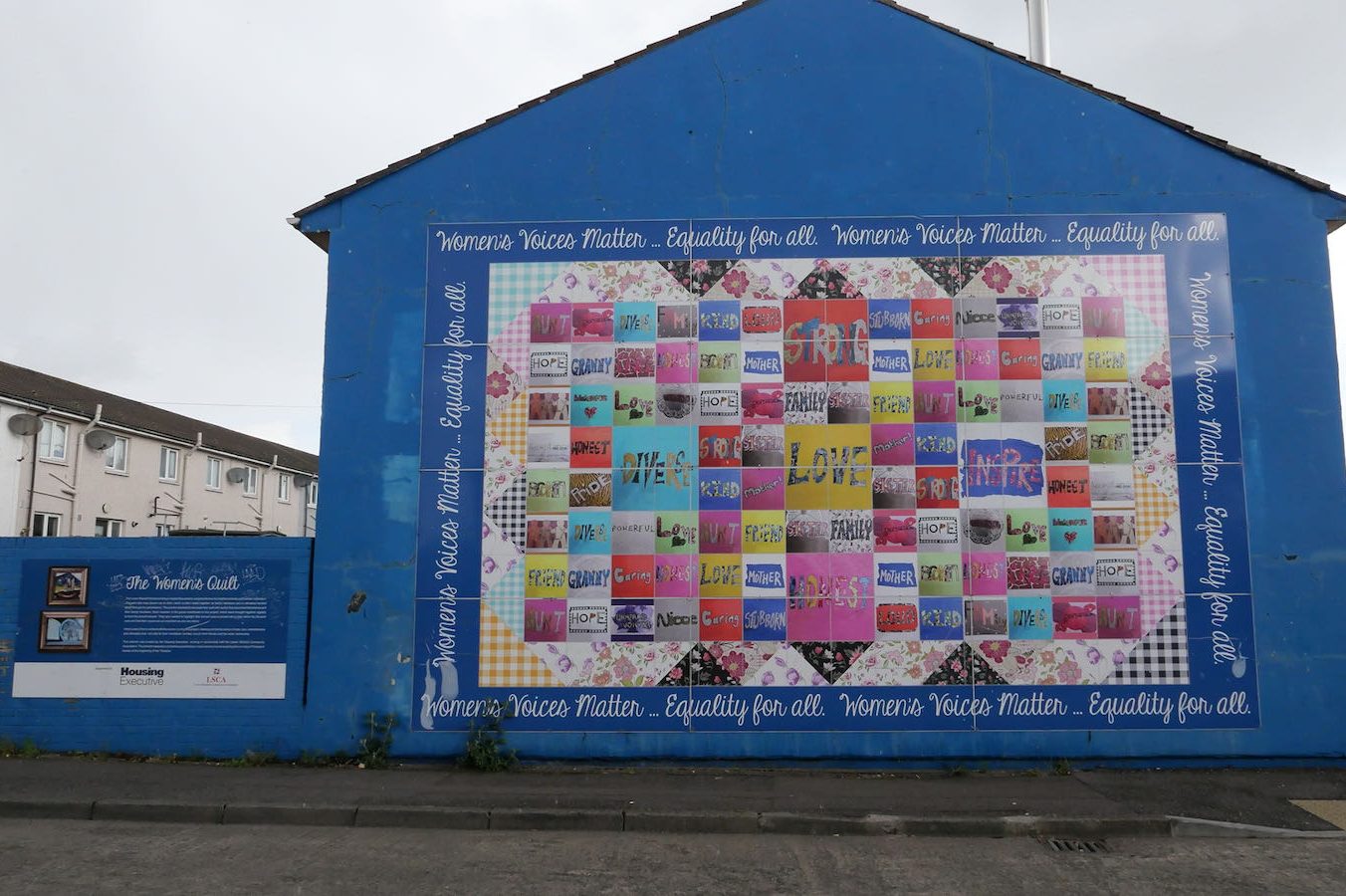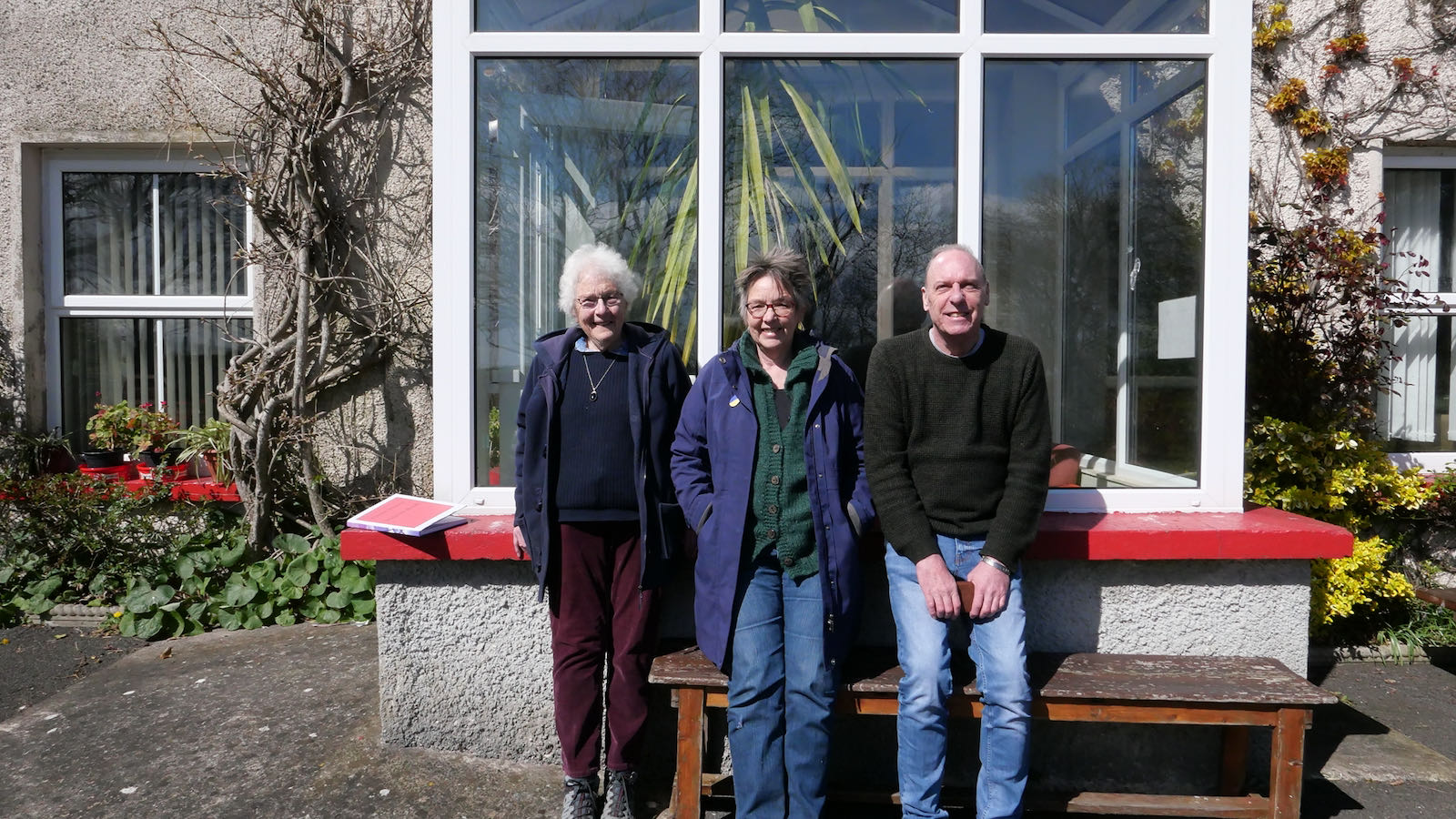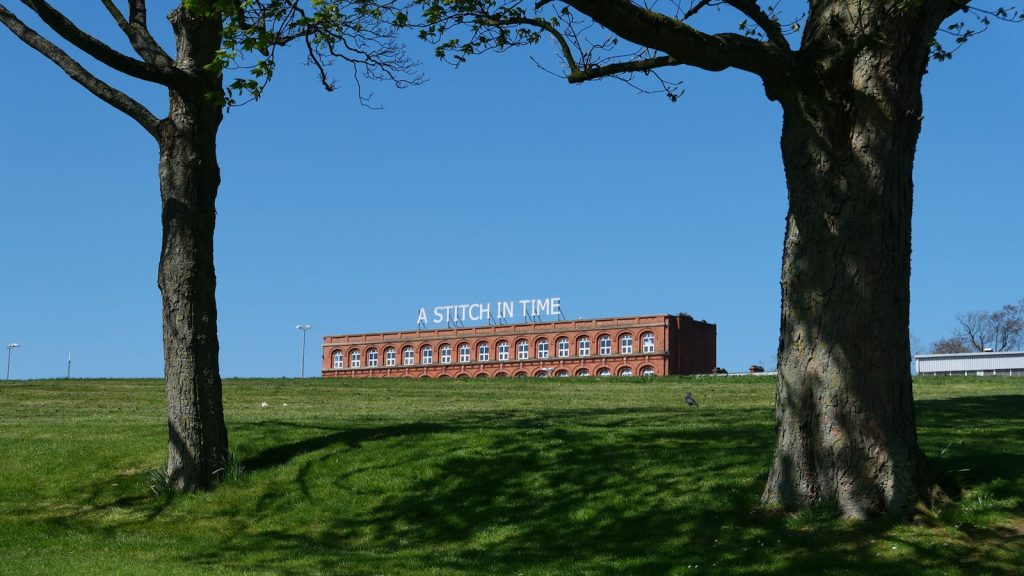
It’s a wrap. But the head does not stop to process everything we have seen and heard. I wrote before, the more we hear, the less we know. One minute the political situation is not a topic of conversation because normal life goes on. The next moment the segregation turns out to have far-reaching consequences for society. And of course politics plays a big role in this.
Elections are here next week. That is of course exciting.
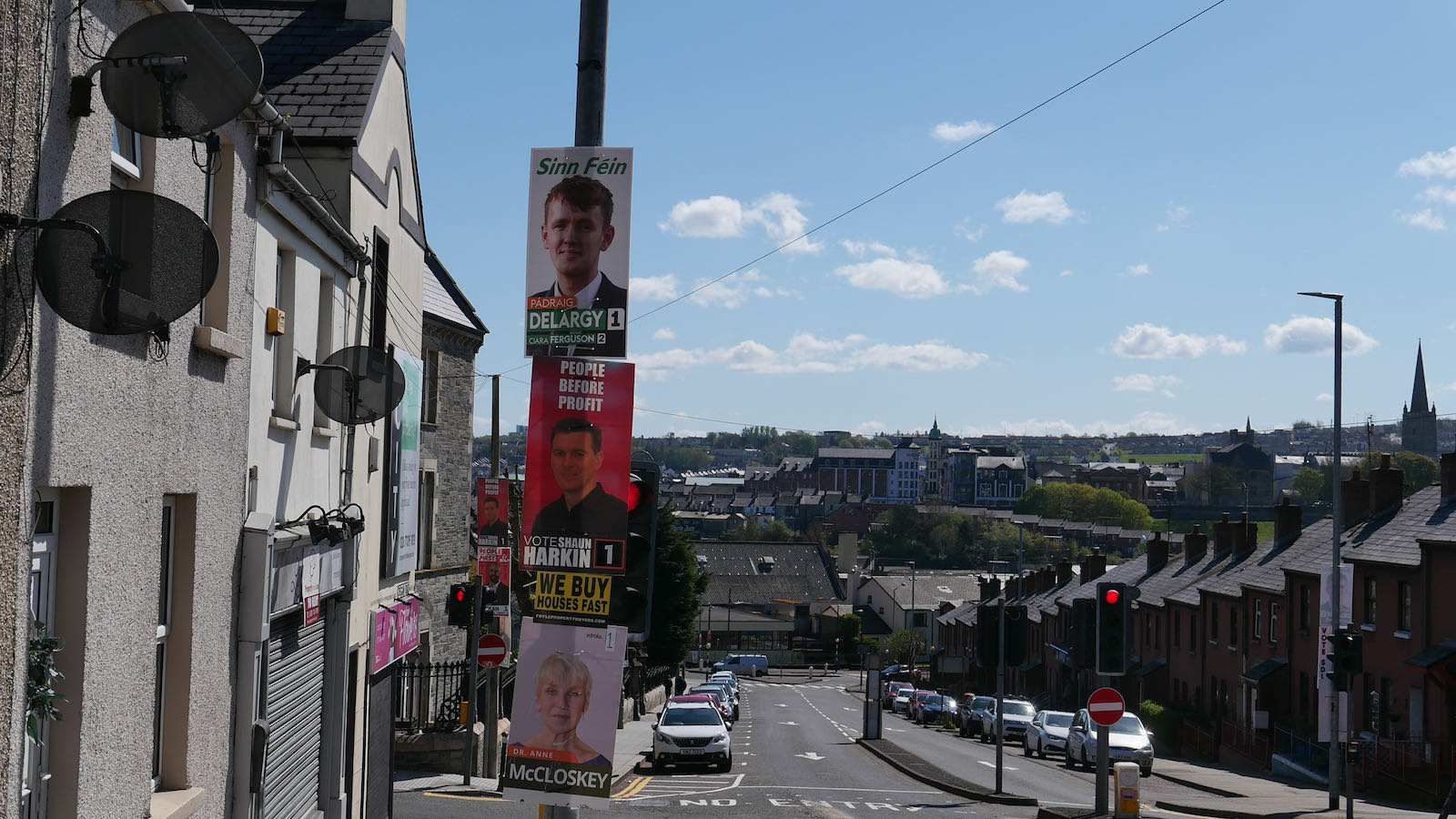


It is remarkable how ‘local’ incidents make the international press. There was such an incident here on Easter Monday. And that is the news we hear in the Netherlands and other countries. In that regard, we have heard completely different stories from ‘ordinary’ people.
This morning I attended a primary school where children had flute lessons. Nice to see. A Protestant school on the outskirts of Derry. Unfortunately, there are still very few mixed schools. The children received flute lessons on the ‘miller brown marching flute’. I expected a tin whistle but it is more of Irish traditional music. Children are taught this in Catholic schools. To name just one such deeply rooted consequence of segregation.
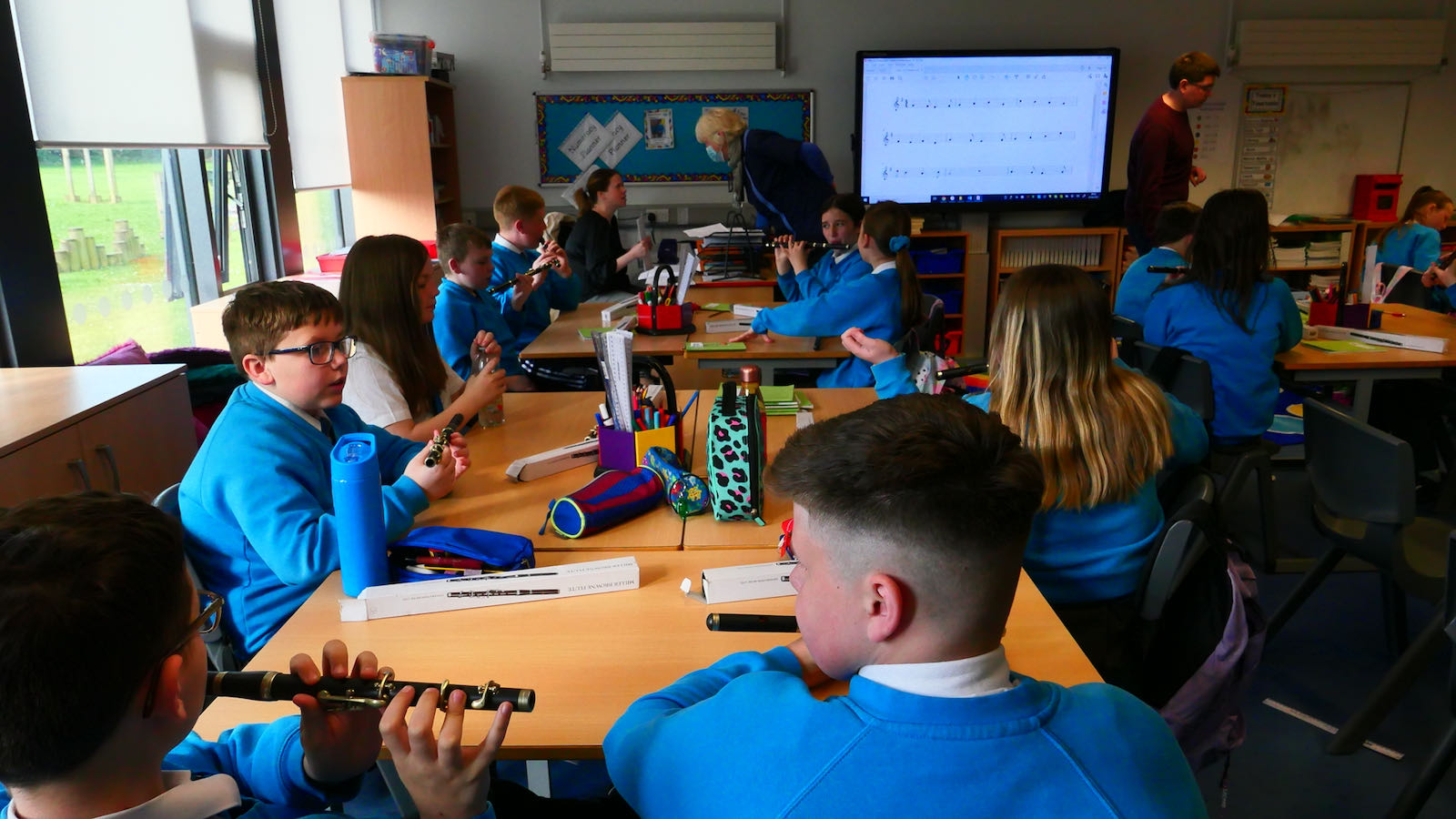
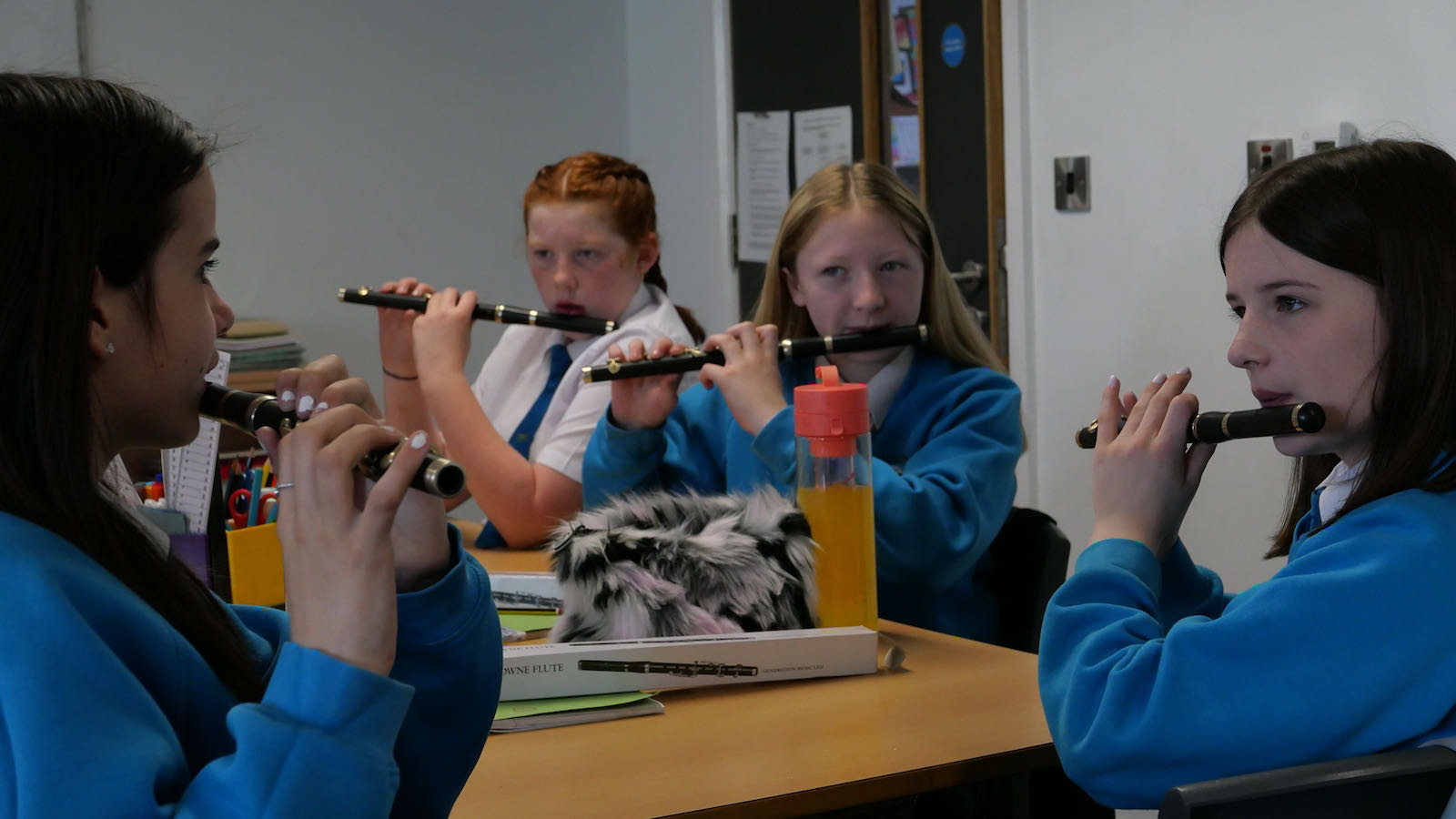
Yesterday Derek took us to different kinds of marching bands. It was also nice to see how much fun they had making music together. Let’s hope that music can ultimately also connect people from different ‘camps’.


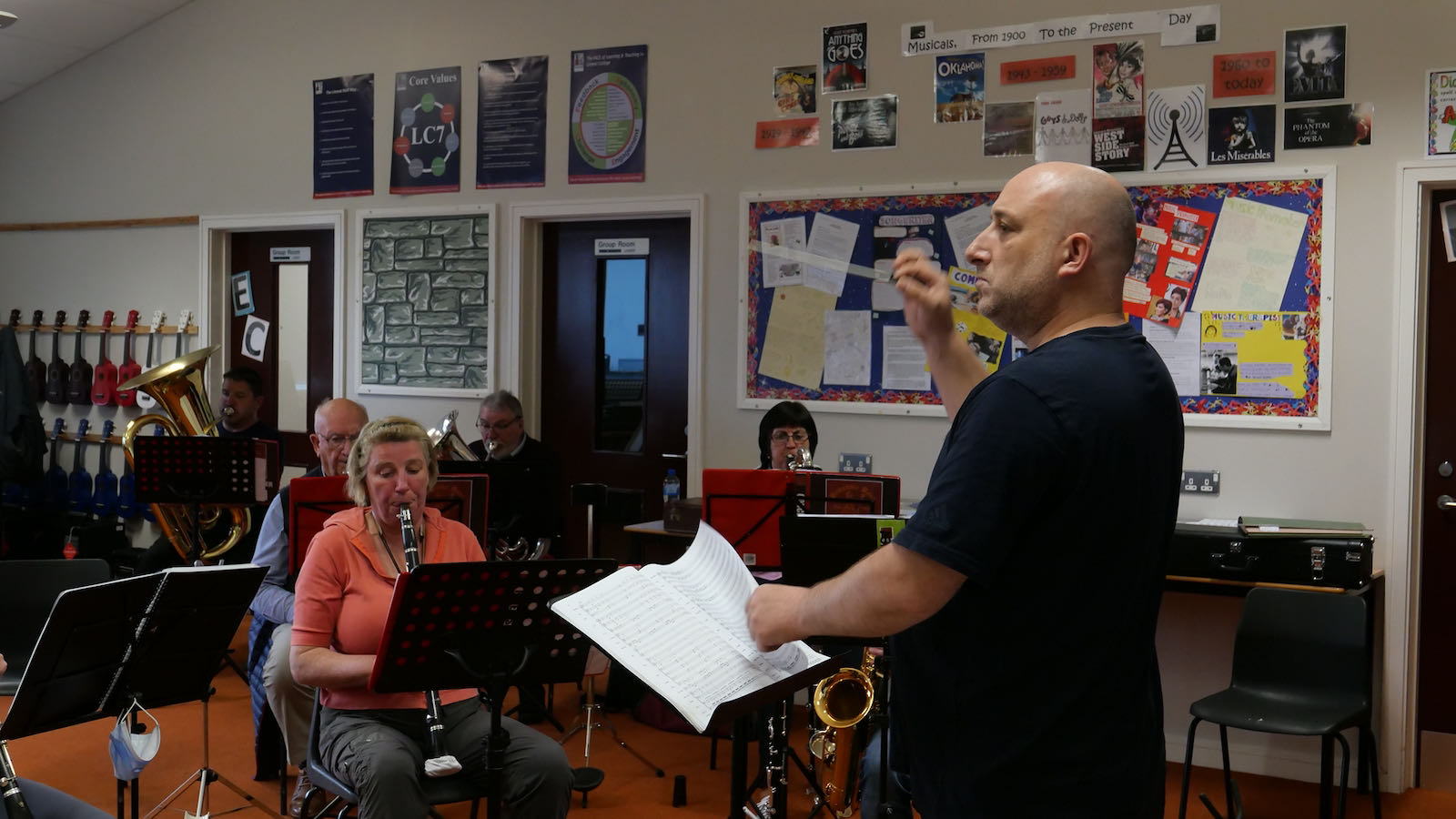
It was intense to be back in the country where I was so touched in 1974 and 1975. Where I have met people who have always stayed with me. And seeing them again is special. Even though we haven’t seen each other for so long, there is a kind of basic trust to get to know each other even better.
We leave tomorrow to see some more of the Irish Republic. I still have a lot to ruminate, but I don’t rule out that there is an ‘enough’ to tell and show in a film.
